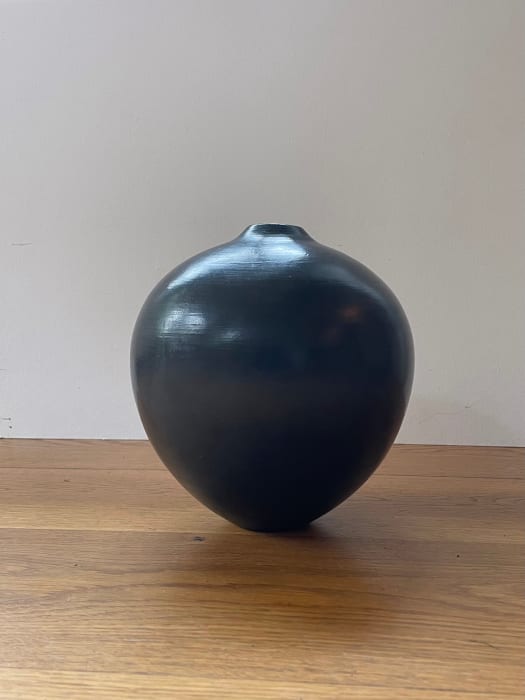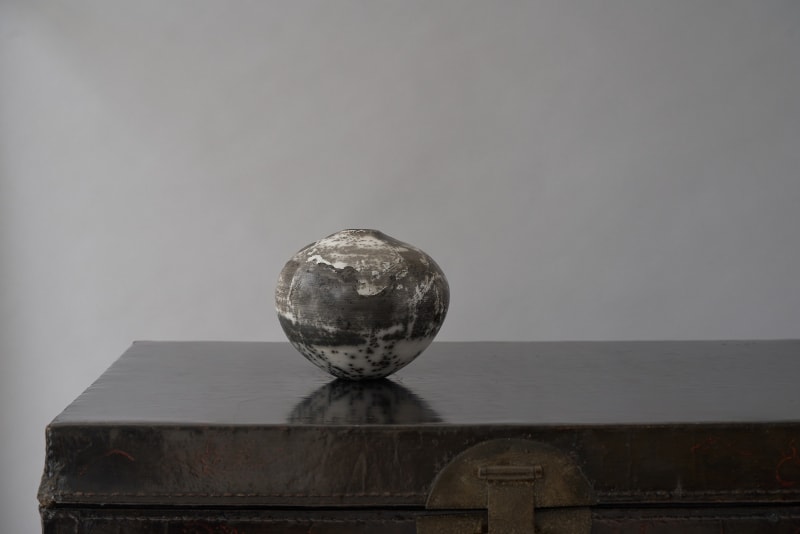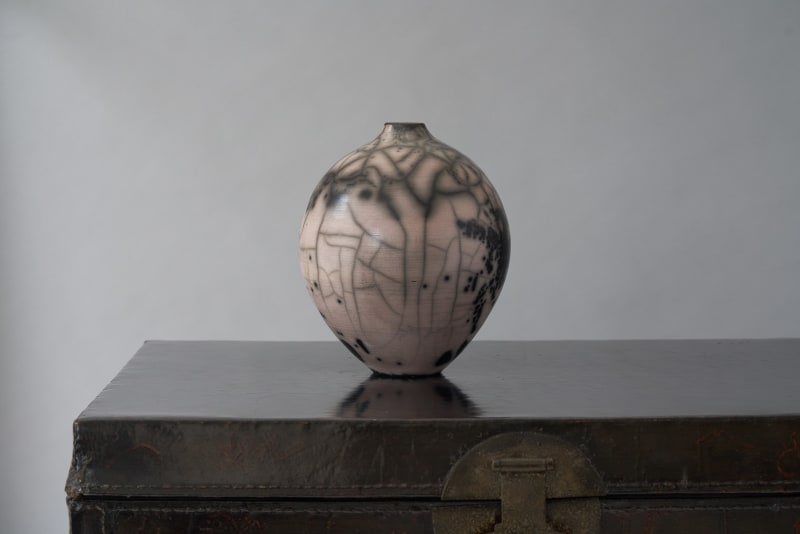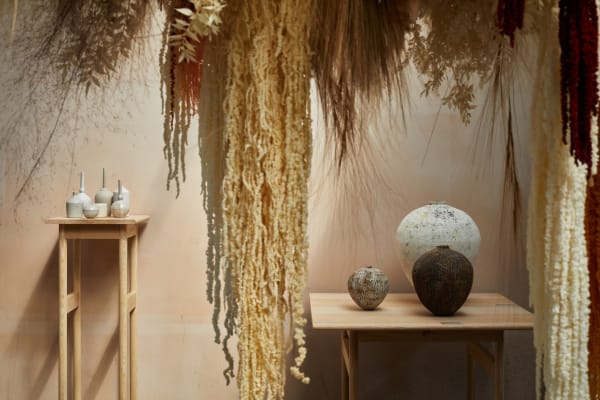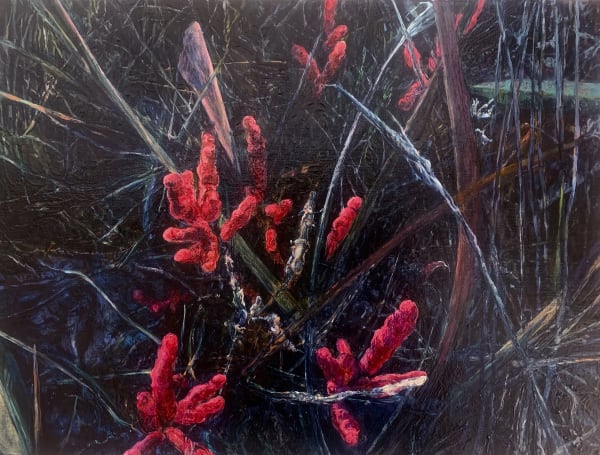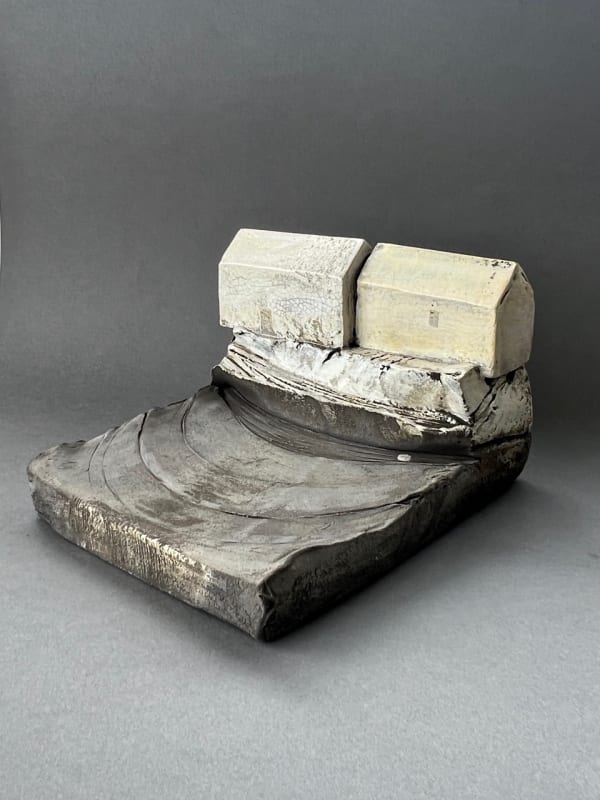Gaby Guz
-

20 Years of Cavaliero Finn
Revisit Cavaliero Finn's landmark 20th anniversary exhibition at Stockwell Studio 8 May - 1 Aug 2024In 2004, Juliana Cavaliero and Debra Finn curated their first exhibition as Cavaliero Finn in a home in South London and they haven't looked back since.Read more
For this exhibition, Cavaliero Finn returned to its South London roots to celebrate its 20th birthday at Stockwell Studio. The exhibition featured a wide range of artists who have shown with the gallery over the last 20 years including work by our current portfolio of artists and work from some of our earlier artists, like painters Holly Frean, Daisy Cook and Caroline Popham, paper artist Thurle Wright, designer makers Sam Edkins and Deborah Bowness, and sculptors Tom Stogdon, Danuta Solowiej, Merete Rasmussen and Patricia Volk who returned to the gallery as guest artists for this show. The exhibition also included an installation by textile artist Isabelle Fletcher and new work by Lise Herud Braten, the most recent additions to the Cavaliero Finn portfolio.
Revisit this exhibition online now.
-

Winter - The weakening eye of day
Gallery 12, Cromwell Place, South Kensington, London SW7 2JE - 22nd-26th November, 11am - 7pm Wed-Sat 11am-4pm Sun 22 - 26 Nov 2023In November 2023, Cavaliero Finn presented a selection of artworks at Cromwell Place chosen to evoke winter in different ways, whether it’s capturing the essence of it through light and colour, the sense of decay through texture and material, or the sense of beauty hope and renewal through composition and context. The Winter exhibition was dedicated to artist Judith Tucker who died suddenly on Monday November 13th 2023.Read more -

Elemental Lines
Cavaliero Finn at Ballroom Arts 152A High Street, Aldeburgh, Suffolk IP15 5AQ UK 8 - 18 Jun 2023This exhibition, which coincided with the Aldeburgh Festival in Suffolk, took place in Ballroom Arts a beautiful space overlooking the North Sea. Elemental Lines examined how the lines of the...Read more
Gaby throws her pots at the wheel. The challenge of taming the clay and the immediacy of 'growing' something between her fingers is addictive. The total immersion and focus required to be successful is an antidote to the rest of life's frantic multi-tasking.
For many years, Gaby has focused on 'Alternative Firing' techniques, and specifically that of Naked Raku and Saggar Firing. In both cases, the surface of the pot is unglazed, and the surface decoration is created using smoke in the case of Naked Raku; and smoke and a variety of metals, in the case of her Saggar Fired pots.
The end result combines chance with designed markings. Continual experimentation has increased her level of control, by enhancing her understanding of the influence of each component part of the firing. It has been crucial to understand how these interact with each other, as well as how they are affected by humidity and temperature.







